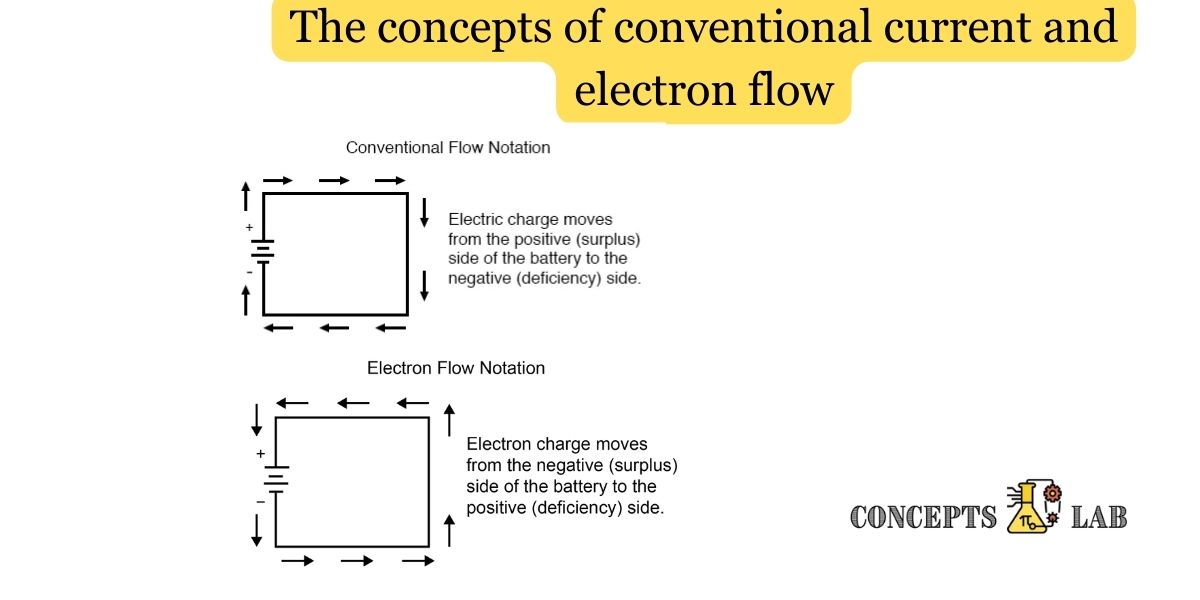The concepts of conventional current and electron flow have evolved over time as our understanding of electricity and the nature of charge has advanced. Let’s delve into a brief history of these concepts and mention some key contributors:
- Conventional Current:
- Direction: Conventional current assumes that current flows from the positive terminal to the negative terminal.
- History: The concept of conventional current originated in the mid-18th century before the discovery of the electron. Scientists, such as Benjamin Franklin, made assumptions about the direction of charge flow in circuits. Franklin proposed that there were “positive” and “negative” charges, and current flowed from positive to negative.
- Inventors: The concept of conventional current does not have a single inventor but was developed over time by several scientists, including Benjamin Franklin.
- Electron Flow:
- Direction: Electron flow considers the actual movement of electrons, from the negative terminal to the positive terminal.
- History: The understanding of electron flow emerged with the discovery of the electron by J.J. Thomson in 1897. Thomson’s experiments with cathode rays demonstrated the existence of negatively charged particles, which he called electrons. This discovery led to a more accurate understanding of electric current, with electrons identified as the carriers of charge.
- Inventors: J.J. Thomson is credited with the discovery of the electron. However, the transition to the electron flow model was a collective effort by scientists building on Thomson’s work.
It’s important to note that while the concept of conventional current is widely used in electrical engineering and circuit analysis, the electron flow model is crucial for understanding the behavior of electronic components and the movement of charge carriers in semiconductors.
In summary, the development of these concepts is intertwined with the progress of our understanding of the nature of charge and the discovery of fundamental particles like electrons. While the concept of conventional current predates the discovery of the electron, the electron flow model provides a more accurate description of the movement of charge in electrical circuits.


No responses yet